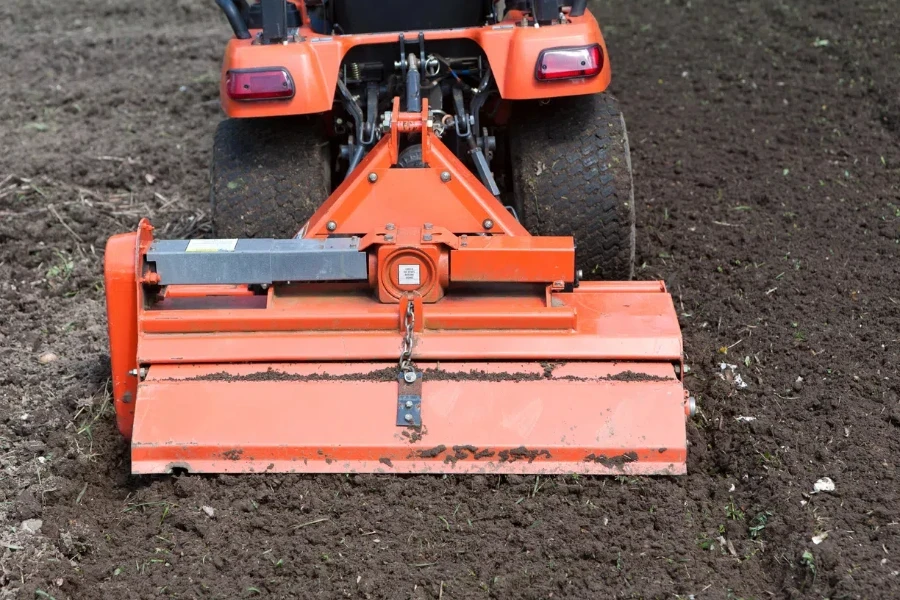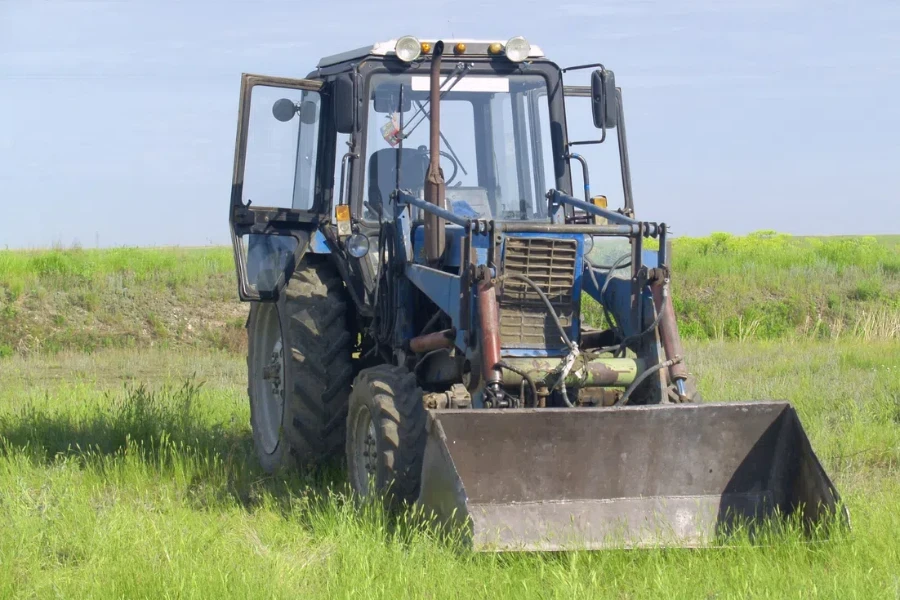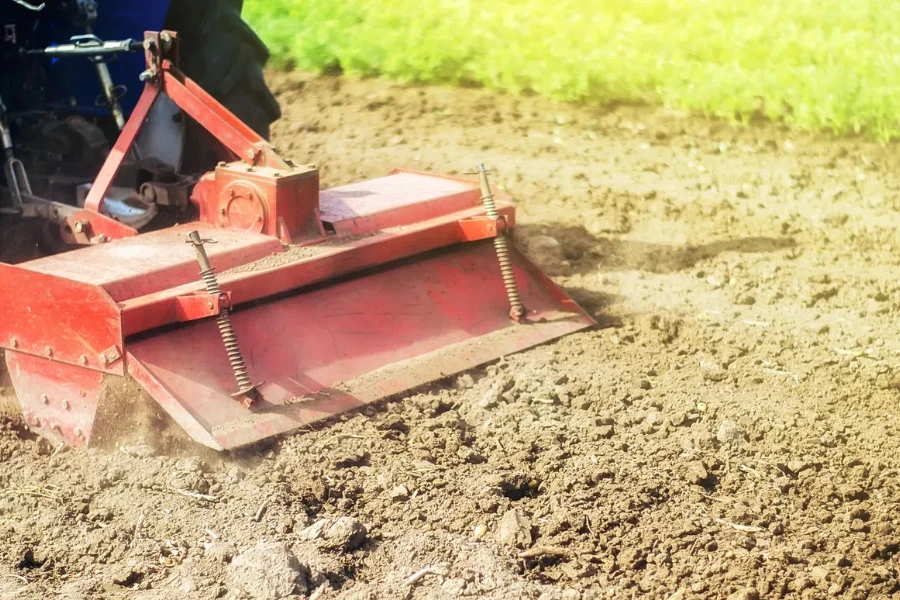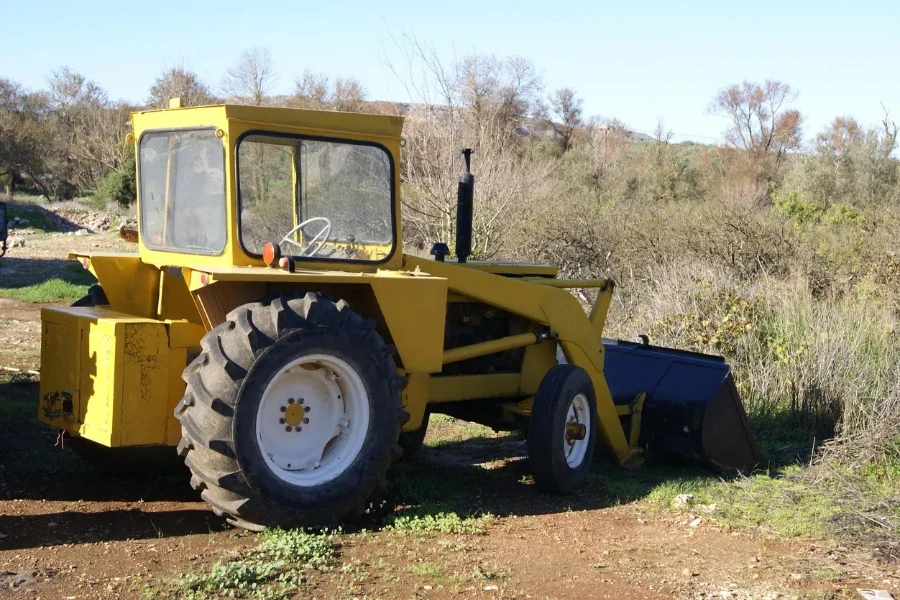Picture this. Your garden is all ready for planting, but the soil is unyielding and compacted to the extent that it can’t be crushed by your hand, let alone plant seeds. If this sounds like your garden this spring, consider a front tine tiller to break up and mix in the soil additives. In this guide, we’ll explore the key considerations that you should know about front tine tillers, so that you can choose the right model to use in your garden. Whether you’re an experienced gardener or a newbie with the green-thumb itch about to be scratched, we’ll help you learn the important aspects of front tine tillers, from the mechanism of their operation to their maintenance.
Table of Contents:
– Understanding front tine tillers
– Selecting the right front tine tiller
– Operating a front tine tiller effectively
– Maintenance tips for longevity
– Common questions answered
Understanding front tine tillers

Front tine tillers have their tines mounted in front of the machine and the blades rotate facing forward as the machine moves. They are very easily manoeuvred, ideal for small to medium-sized gardens. Front tine tillers are more versatile than rear tines because you can get much closer to plants when tilling in a small garden or along garden borders. Knowing how the machines work is your first step toward learning how to use them.
The engine usually drives the tines directly so it is the power of that engine that matters most in turning the soil. Depth of tilling and width of tilling also matter. These determine how well the tiller aerates the soil and makes a bed for planting. The size of the tiller job should be matched to the size of the garden so that, if possible, nothing is left untilled but too much is not done.
But front tine tillers are about weed control and mixing organic matter. A well-maintained, sharpened garden tiller with the proper tines can do more, can up the odds of developing a productive, thriving garden.
Selecting the right front tine tiller

The choice of front tine tiller depends on several factors such as the size of your garden area, the type of soil, and your physical ability to pull the tiller. This machine is good for a small garden with eight-foot by six-foot plant beds with loamy soil. If you want to do the same area with heavy clay soil, you might need a heavy duty machine that is able to adjust the tilling depth and width.
Tiller ergonomics are also important. Find a tiller with adjustable handles to reduce strain while you use it, and make sure that the controls are easy to understand and operate so that beginners can have an easier time using it.
Third, make sure the tiller is durable enough to withstand your toiling in the garden. A high-quality material in the making of the tool will serve you well, and save money now and in the future. Find yourself a tiller that promises to last, and you won’t regret the decision.
Operating a front tine tiller effectively

It takes some technique to run a front tine tiller to maximise the effectiveness of the job and minimise the risk to person and property. Clear out rocks, roots and other obstructions, and set the tiller for the depth and width you actually need.
While working, keep the same pace that the tines just slightly turn the soil of each individual tine. The work can sometimes require many passes over the same space to turn the soil, especially with compacted or clay-rich soil. Furthermore, controlling the tiller, especially when going around obstacles or working with tight spaces, is important to do good work.
Maintenance tips for longevity

Regular maintenance keeps a front tine tiller working for many years and you won’t have to worry about replacing it season after season. Tillers are pretty simple machines, so most maintenance tasks are basic, such as checking and replacing tines as needed, draining and replacing engine oil, and cleaning the air filter. You’ll also want to make sure it’s well-greased – use a good waterproof gear oil. Inspect the tiller for any loose bolts or other worn parts before each use.
Storing the tiller in a dry, enclosed place when it’s not in use can help protect it from rust and corrosion. Running the engine out of fresh fuel before storing it can help to prevent carburetor issues as well. By following these maintenance tips, you can ensure that your front tine tiller will last you a long time through plenty of gardening seasons.
Common questions answered

I know that many of you out there who are gardeners have quite a few questions about using your tiller and also questions when it comes to how to do the maintenance of your tillers. Well, you’ve come to the right place! In this article, I’ll attempt to answer some of the most common questions.
- How deep can front tine tillers dig? – A front tine tiller can dig up to 8 inches deep depending on the model and setting.
- Will a front tine tiller penetrate hard soil? – Yes, with the caveat that you might need to water the soil before tilling or make several passes to break up hardened earth.
- How often should I turn over my garden? – Over-tilling can disrupt soil structure and harm beneficial organisms. Turn over your soil only once, when starting a new garden bed or when incorporating significant amounts of amendments.
Conclusion
A front tine tiller can turn the heaviest soil into a planting bed. Understanding the features, use and care of front tine tillers allows you to pick one that meets your requirements and use and maintain it properly. If maintained properly, a front tine tiller can serve you for years and allow you to grow a healthy and productive garden.




